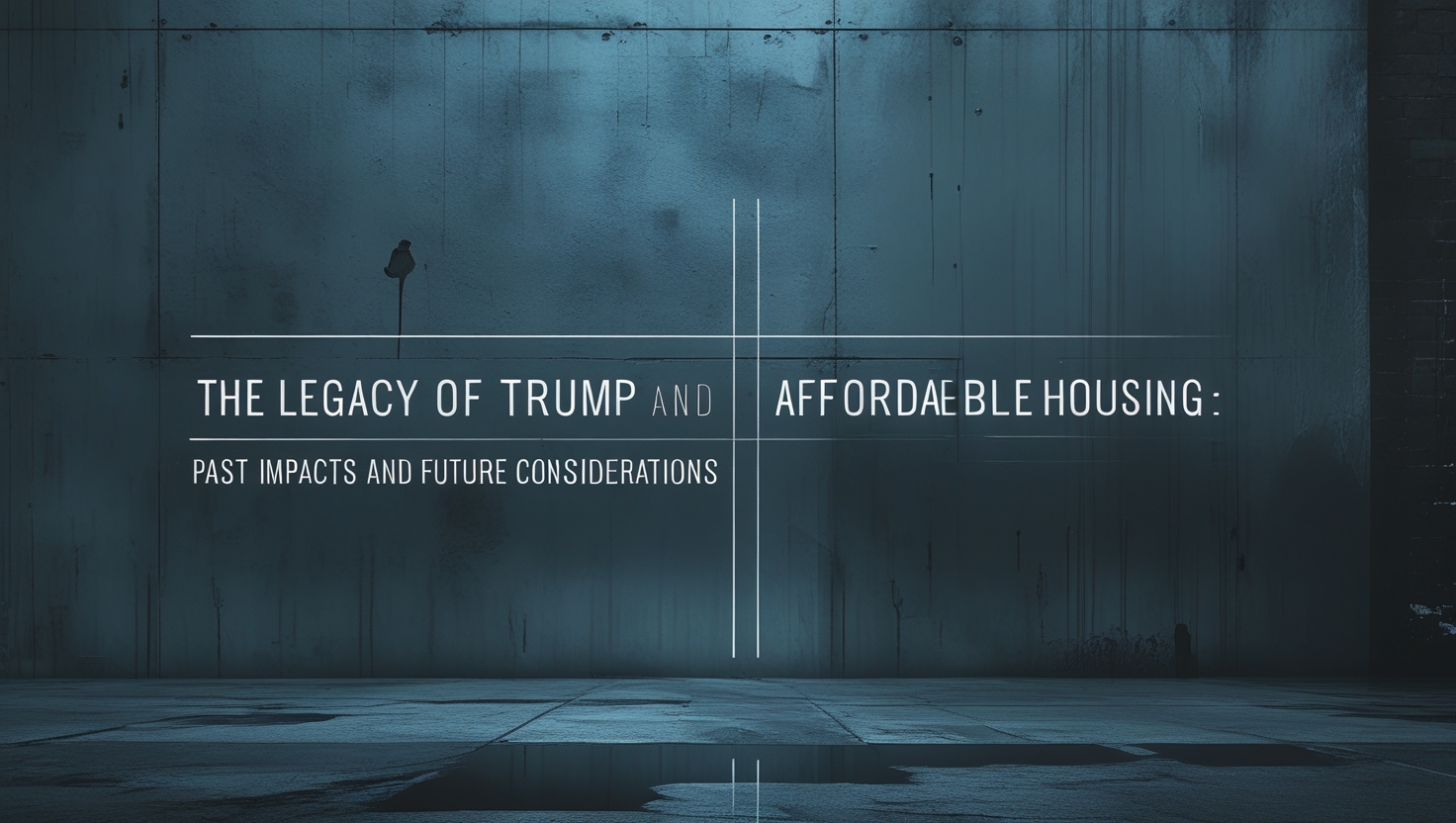
Access to safe, affordable housing may be more important now than ever. “Many families have trouble finding appropriate housing. The story starts — and ends — with the U.S. Department of Housing and Urban Development (HUD). It allows for greater access to housing. HUD multifamily financings are available for developers and owners alike. There is a lot of room for growth in this kind of financing for affordable housing projects.
This article provides a comprehensive overview of HUD multifamily financing. Together we will demystify the programs, the process, and the keys to your success. That will help you to see how it all works, from start to finish.
The Basics of HUD Multifamily Housing Programs
HUD is a federal agency. Its goal is to boost homeownership. It also advances community development and access to fair housing. These companies provide HUD multifamily financing, which refers to loans and mortgage insurance for apartment properties. This money goes toward constructing, purchasing and rehabilitating multifamily housing. Your focus is creating and preserving affordable housing supply.
Key Benefits of HUD Financing
There are significant benefits to HUD financing. You tend to receive lower interest rates, saving you money over time. Loan terms extend, even up to 40 years. Higher loan-to-value (LTV) ratio allows you to borrow more on the property value. A credit enhancement can be provided by HUD. This decreases lender risk and increases chances of approval. These advantages help make projects more financially viable.

What Properties Are Eligible for HUD Financing?
The property needs to be an eligible type. That includes market-rate apartments as well as affordable housing units. Senior housing and student housing projects often are also eligible. Even mixed-use developments with housing elements qualify. The variety helps accommodate all sorts of housing needs. It opens up new opportunities for developers, too.
HUD’s Role in Affordable Housing Development
HUD plays an enormous role in affordable housing. It reaffirms a strong commitment to quality housing for all. The financial support facilitates new developments and that is what HUD promotes. It also maintains existing properties well. Doing so helps to stabilize communities and improve quality of life for residents. Meanwhile HUD makes sure we will not lose the affordable housing.
Deep Dive on Specific HUD Multifamily Loan Programs
Claim your HUD loan options Here are some common ones Familiarity with the details allows you to choose the best option for your project. Each program has different rules, and perks.
HUD 221(d)(4) Loan — New Construction and Substantial Rehabilitation
The HUD 221(d)(4) loan finances new construction. It also applies to large rehab projects. The loans can have terms of up to 40 years after construction. It provides a financial cushion. Projects must also comply with HUD’s own design and construction standards to be eligible. A pro is high loan amount. Con: The long and complicated application process. It is perfect for those long-term financing ground-up developments.
HUD 223(f) Loan: Purchase or Refinance
The HUD 223(f) loans assist in the acquisition or refinancing of existing properties. Terms generally run up to 35 years. Borrowers must prove the property is in good repair. It should also have extensive operating history. It’s a great product for stabilizing properties and locking in lower interest rates. But you might not be protected for serious repairs. It is ideal for those who want stable, long-term financing.
HUD 232 Loan: For Care Facilities

You are confused between the HUD 232 loan for healthcare facilities. It can be used by nursing homes and assisted living centers. Equipment finance is one of the notable features. Whether this facility will be able to repay the loan depends on its operating performance. It has unique advantages for facilities treating specialized care. It has a huge effect on the healthcare industry.
The HUD Loan Application Process Explained
A HUD loan requires time and effort. If you understand the steps, however, it can make this process a lot easier. All steps from pre-application to closing require focus.
Before You Apply and the First Meeting
Find a HUD-approved lender to get started. They understand HUD financing backwards and forwards. Get them to evaluate the feasability of your project. That allows you to determine if HUD financing makes sense for your goals. It’s a critical first step.
End-user and Due Deligence
There is a valuation — underwriting part. Market studies show demand. Environmental reviews evaluate potential risks. The purpose of financial reviews is to check your ability to repay. These steps are meant to help HUD asses the viability of the project.
Construction — and Permanent — Financing
For 221(d)(4) loans, how to win: closely oversee the construction phase. Keep to timelines and budgets. Then refinance into permanent financing when completed. This is now transitioning to long-term financial sustainability.
How To Increase Your Chances Of Being Approved For A HUD Loan
Looking to increase your chances of approval? Here’s how. It’s about having a good team and being prepared.”
Build a Stellar Development Team
Some experienced developers are a must. Quality construction comes from good contractors. Good property managers keep up the property. HUD process consultants can help you navigate the process. And here you are, building a robust team; it builds confidence.
Do Detailed Market Research
Demonstrate demand for affordable housing in the area. Wide market data makes your application stronger. This makes the project viable and necessary.
Filling In A Comprehensive and Accurate Application
Pay attention to detail. Do better than this and get to the point. That potentially raises some red flags — get ahead of them. A well-thought-out application demonstrates that you’re serious.
Recent Developments & Updates to HUD Multifamily Financing
Keeping track of changes in HUD is important. Programs and regulations are subject to change. The latest information can make a difference to your application.
Changes to Policies and Procedures
New guidance may be issued by HUD. Eligibility requirements may be changed. Newer versions of some forms may be needed. Keep an eye on these changes. Change your strategy, as required.
HUD Financing Impact by Market Trends
Interest rates can swing. Economic conditions shift. No less than the housing market has ebbs and flows. These are factors that affect HUD financing terms. Be in the know, and make wise decisions.
Conclusion
The advantages of HUD multifamily financing It assists in developing much-needed affordable housing. The agency (HUD) is committed to quality, affordable housing nationwide. Developers and owners ought to consider these financing solutions. You also could make it the key to your next successful project.



